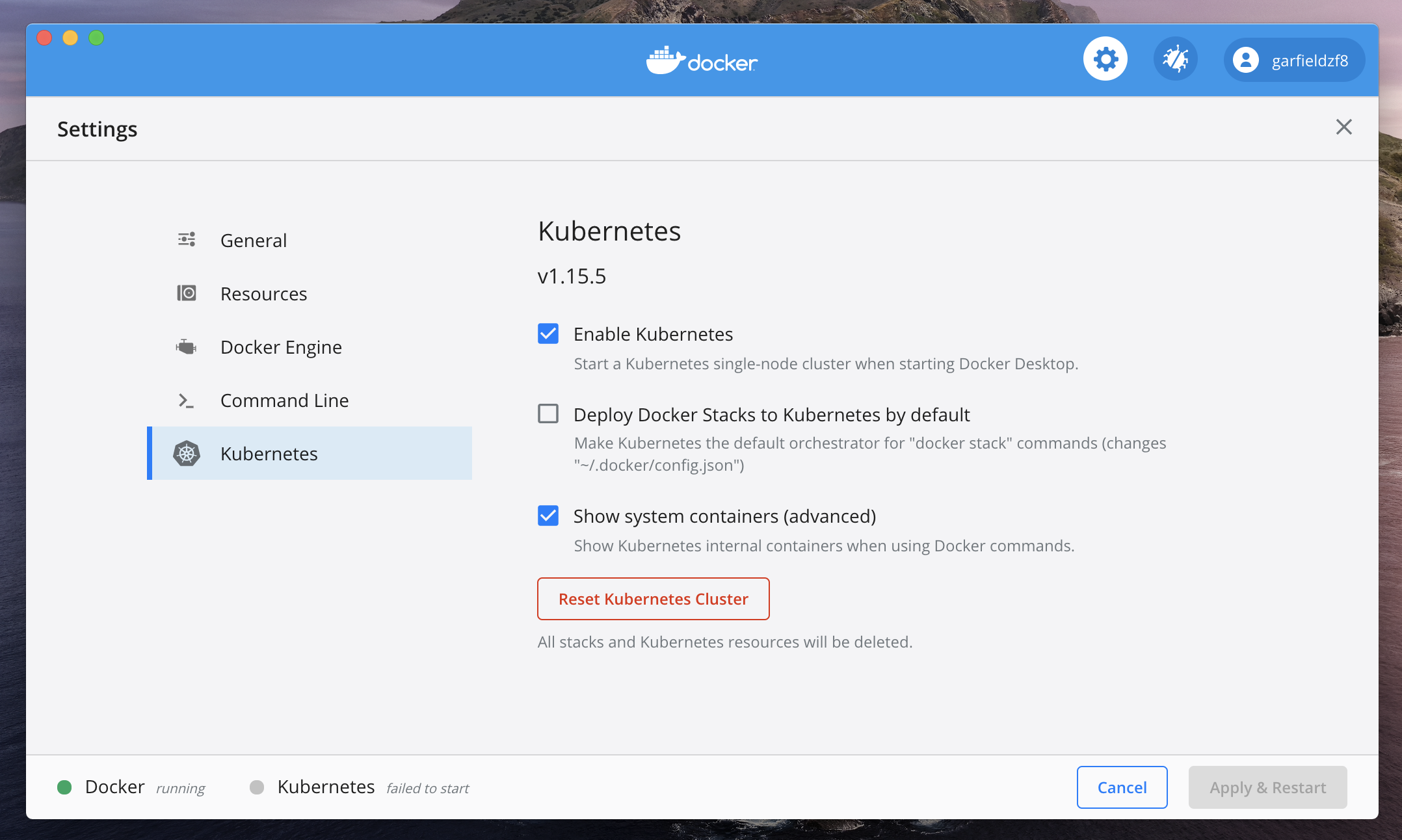

- Start docker on mac how to#
- Start docker on mac for mac#
- Start docker on mac install#
- Start docker on mac manual#
- Start docker on mac software#

Start docker on mac install#
Here’s how you can install Docker on Windows 10 64-bit:

During the configuration process, you’ll be asked to enter your password.
Start docker on mac for mac#
Download Docker for Mac and double-click the.Here are the procedures to install Docker on macOS: If you don’t use Ubuntu, see Docker’s official documentation. Keep in mind that other Linux distributions (CentOS, Debian, or Fedora) have different installations steps. Let apt access a repository over HTTPS:.If you’re using Ubuntu 18.04 LTS, follow these steps: Here’s how you can install it on those three operating systems: Linux Installation Step 1: Installing Dockerĭocker is available for Windows, macOS, and Linux.
Start docker on mac how to#
How to Install WordPress on Docker?įollow the steps below and learn how to install WordPress on Docker. A WordPress test environment usually eats up a lot of system resources, but Docker helps them make a minimal environment without wasting server space and memory. Thus, the machine’s workload is far more lightweight and a single server can run multiple containers at the same time.įor that reason, Docker is highly useful for WordPress developers. In contrast to virtual machines, each container does not require its own OS and shares the host’s kernel. Hence, you develop, test, and run multiple applications on the same machine.
Start docker on mac software#
Hope this sets you on the right path to set this all up.Docker is an open-source containerization software that creates isolated environments to run an application. One final thing worth mentioning is that if you have an ssh config file setup with information on how to connect to your Linux server, you can also use that as the host for your context as well! docker context create -docker "host=ssh://remote-linux-server" remote-linux-server This is obviously helpful if you have many contexts or clusters that you maintain because it allows you to easily swap between different contexts from one machine! Then your CLI commands will be sent to your Linux server's Daemon.

Once you have a context created, you can switch to that context using docker context use remote-linux-server. To create a context named "remote-linux-server", you can do something like: docker context create -docker "host=tcp://:" remote-linux-server This allows you to create different contexts for your CLI. You can read more about docker contexts here and information on how to create contexts here. It can obviously be annoying to specify that variable every time, so the second way you can do this is by creating a Docker Context. If for example you wanted to run an nginx container on your remote daemon, you could run the following DOCKER_HOST=“tcp://:” docker run -d -p 8080:80 nginx Once you have the CLI on your Mac (either by building the Docker CLI from source or just using Docker Desktop for Mac), you can connect to your Linux server from your Mac with the Docker CLI in two ways.įirst, you can do it by specifying the host of your remote Docker Daemon when you run a command. I just built the CLI late last week and I had to play with it a bit in before I got it to build locally, but you can do it. They recently (just this past week) changed how the CLI is built as it's now using Buildkit, so I will admit, you will probably have to tinker with it a bit if you want to install it from source since they're in the middle of updating the documentation on building it. If you still just want to install the CLI, then checkout the Repo here and read the instructions to build the CLI from source. But if you really don't want the container runtime and the daemon running on your Mac, then you'll have to install the CLI manually. Alternatively, you could just install Docker Desktop, and then just configure your CLI to connect to your Linux server.
Start docker on mac manual#
Since most people setup Docker Desktop with a Mac and not just the CLI, it will take some manual configuration if you really just want the CLI.


 0 kommentar(er)
0 kommentar(er)
